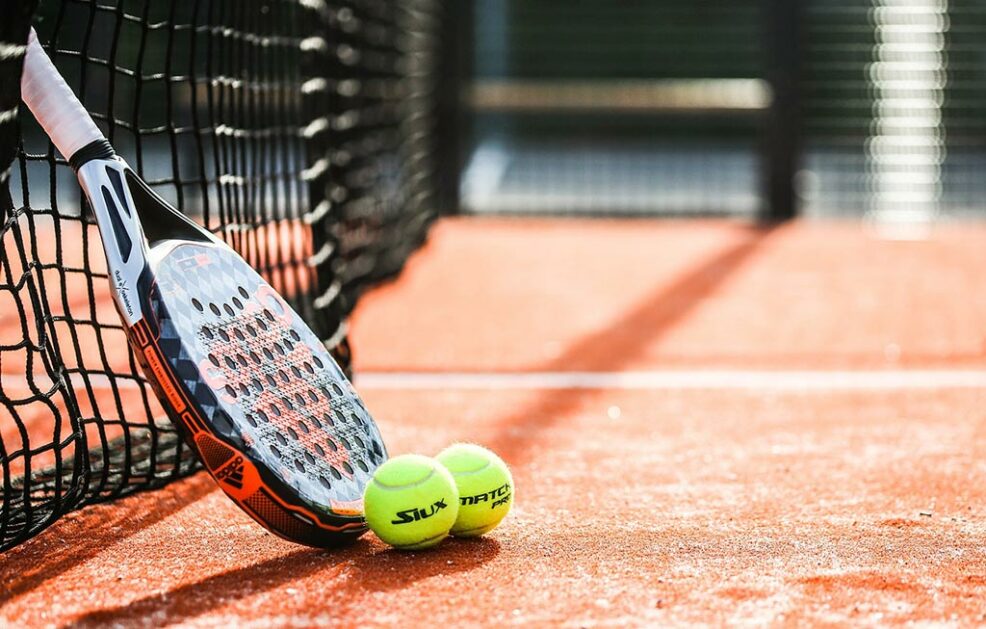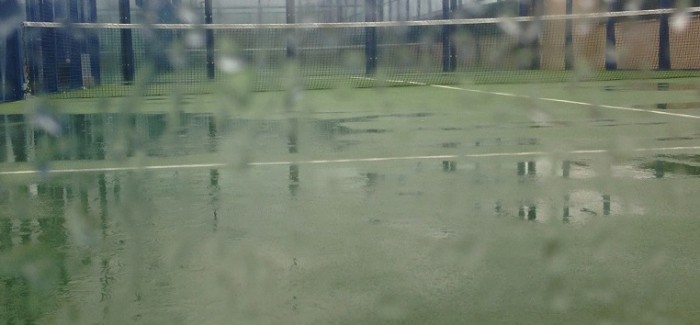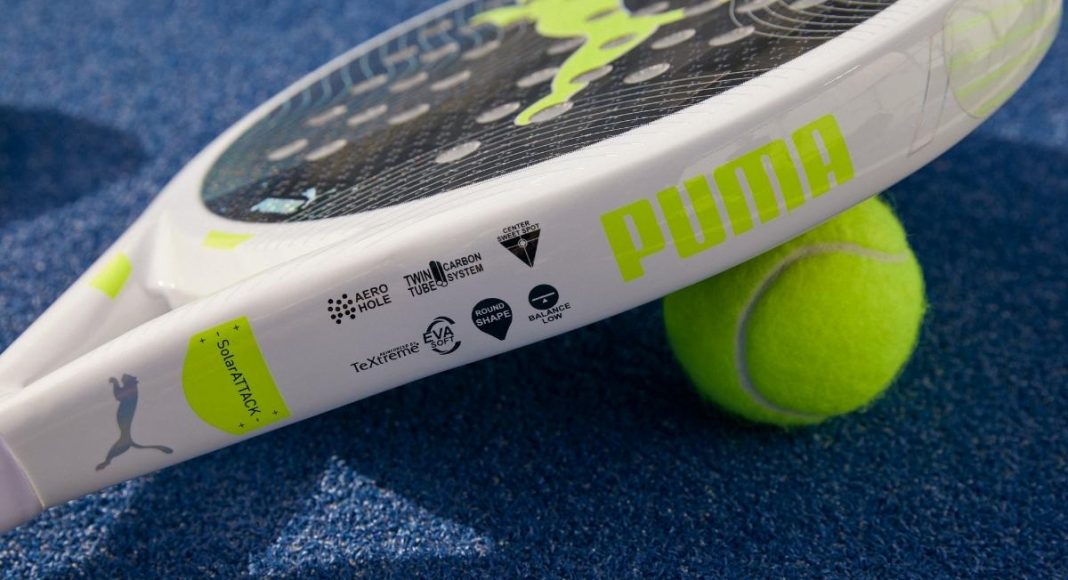Properly taking care of our padel rackets is essential to ensure optimal performance when we train or compete. By following a few simple tips, and especially letting go of some bad habits, we can keep them in perfect condition and avoid premature wear and tear.
Generally, the lifespan of a padel racket at an amateur level is just over a year, although it depends on how many matches we play each week. However, it’s not difficult to extend its longevity and maintain similar performance to when we first acquired it.
Table of Contents
Tips to Care for Your Padel Racket and Extend Its Lifespan
Many players don’t give enough importance to caring for their padel rackets as they should, either because they don’t pay much attention to it or because they are unaware that some of their behaviors are very harmful to their most important companion on the 20×10.
That’s why you’ll likely relate to the tips and situations we discuss in today’s blog, as they can be seen daily at any padel club, even among the best players in the world. The only difference is that they have access to as many rackets as they want, while us amateurs can only dream of it.
Avoid Exposing It to Extreme Temperatures
This aspect especially harms the core rubber, which, if it experiences drastic temperature changes, can alter its shape in such a way that its performance on the 20×10 plummets. This is a tip to keep in mind, especially in seasons like summer or winter in inland areas where extreme temperatures are common.

We recommend that, once the match or training session is over, immediately store the racket in your case, backpack, or racket bag (better if they have thermo-protected compartments) to protect the materials that it is made of.
It’s important to avoid at all costs that, during hot periods, the racket is in direct contact with the sun for long periods of time. The same applies when temperatures are significantly low: the racket should never be exposed to the elements without protection.
Change the Overgrip Regularly
The grip of the racket is key not only to improve the performance of your shots, but also to prevent the handle from slipping from your hand, potentially causing it to hit the surface, the fence, the glass, or even your own body.
It wouldn’t be the first time a racket ends up “flying” because of a worn-out overgrip. In this regard, we recommend regular players change their overgrip every three or four matches, while more casual players can do it once a month.
At Zona de Padel, we have the most popular grips and overgrips on the market. These are used by professional players, who replace them very frequently.
Avoid Wetting the Surface of the Racket
This situation is more common than it seems, especially when we play on outdoor courts. If it starts to rain, we’re not asking you to stop the match in the middle of a decisive game, but when you go to the bench, make sure to dry the surface as soon as possible with a paper towel or cloth.

The same goes when we clean the racket with a damp cloth. It’s important to dry it immediately, otherwise the rubber will absorb moisture and you’ll notice a loss in response and power as you play more matches.
Use a Frame Protector
One of the easiest and most useful tips to follow. A good protector prevents hits against the surface, the mesh, or the glass from turning into small cracks in the frame that will eventually render your racket unusable.
At Zona de Padel, we have the most effective padel racket protectives on the market. Brands have developed designs and technologies that not only fit different racket frames, but also provide the necessary protection without significantly altering the weight and balance of the racket.
Avoid Hitting the Racket Unnecessarily
Sometimes it’s hard to control frustration after losing a point or making a gross unforced error, but if you take it out on your racket, you’ll end up regretting it. The typical hits we give to our shoes, legs, or even the glass are the beginning of the end for our weapon.
We can’t stress enough that every racket has a lifespan determined mainly by the number of impacts it can withstand on the frame and surface, so if you add stronger hits that aren’t related to gameplay, the combination will be disastrous.
Even if it seems everything is fine at first glance, there’s no doubt that the lifespan of the racket is significantly shortened when we hit it unnecessarily.
Don’t Lift the Ball from the Ground by Hitting It with the Surface
This is one of the most common actions we see on the 20×10, and one of the most harmful. The pressure exerted when the racket surface is pressed by the ball and the court floor is very damaging and noticeable in the long run.

Many of the world’s most recognized brands include in their racket labels to avoid this action at all costs because both the carbon on the faces and the rubber inside are subjected to excessive pressure, which later leads to deformations and much poorer performance on the court.

 Español
Español
 Belgique
Belgique
 English
English
 Français
Français
 Italia
Italia
 Nederland
Nederland
 Sverige
Sverige







